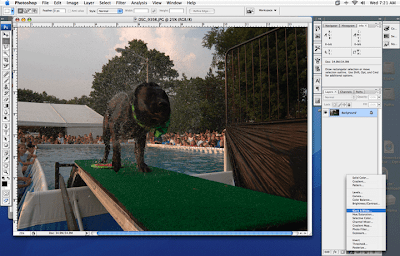
All the work I’ve put into my website is paying off! Last week I got an email from someone who found my site through a google search, liked my work and wanted to hire me. Two months ago, my name would not have surfaced.
Jessica and a group of self-described creatives rented an old mill house in Salt Point, NY for the weekend. I’ve passed the place many times and wondered how it remains standing considering the violence of the water running through the base of the house. During spring melt off, the entire first floor appears under water. Jessica wanted me to take a portrait of she and her friends. I don’t normally shoot portraits, but was intrigued by her description of their strong bond and the unusual location.
Up close, the house shows its age. The uppermost walls are crumbling, but beautiful still in their masonry. I had to duck my head to rap on what I took to be the door. The anteroom was full of broken rock, two shuttered windows above the river crashing below. I’m glad I didn’t know there were nine of them before I arrived. How do you photograph nine people in an artful way?
Inside, the house was frozen in time, about 1975. One of the bedrooms had a row of windows overlooking the living room on the first floor below; a perfect foil for this lively bunch. They grouped themselves in the windows and performed for me. I liked the deck as backdrop. Blue sky above the falling walls, strong lines of the wooden deck boards at an angle to the corner. Some groovy orange chairs arranged back to back and the rest was all about them. They have an ease and respect with each other that you can see even in the photos. So strong their gift of friendship, so rare. I wanted to capture the power of the water in one of the setups and had them stand opposite the house on a small spit of land. A couple of the women wore heels but didn’t flinch at my request. I climbed through one of the anteroom windows and stood on the ledge above the roiling water to get the shot. One false move and me, or worse, my camera, would fall into the frigid torrent and be forced out the hole in the wall. Not as powerful a portrait, but a strong statement about the place they’d shared.
The Woman in Blue is my favorite of the day. Though she is play posing, her spirit is real, the blue and orange fill the frame with painterly color, her beauty seduces us. She makes us wonder what she sees in the distance. Thanks to Jessica and her friends for allowing me to share their day.




















